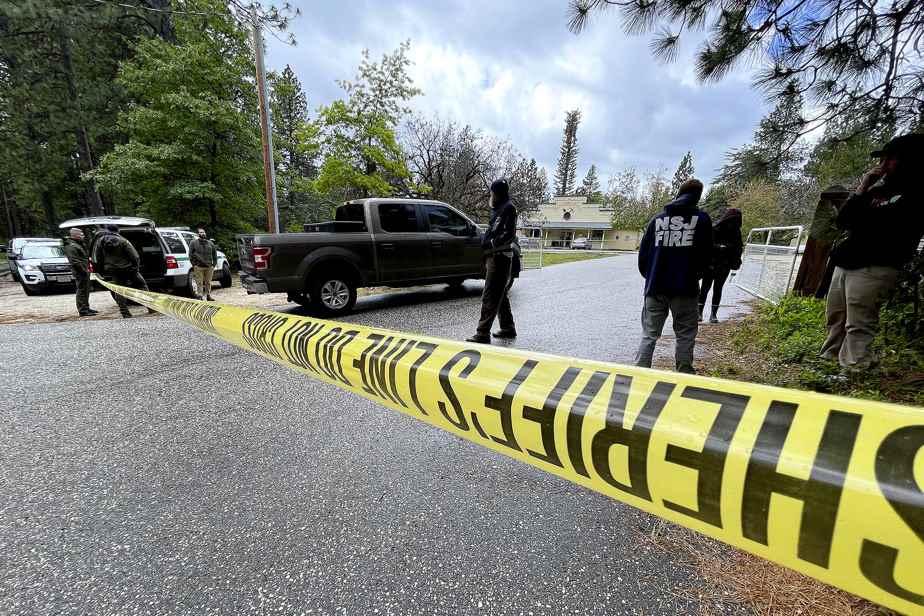(Washington) The number of gun deaths in the United States registered a “historic” increase in 2020, potentially caused by the effects of the COVID-19 epidemic and poverty, according to a report from health authorities released on Tuesday .
Posted at 2:34 p.m.
With 19,350 homicides in 2020, an increase of nearly 35% compared to 2019, and 24,245 suicides (+1.5%), these deaths “represent a persistent and significant public health problem”, indicate the Prevention Centers and Disease Control (CDC) in their report.
The homicide rate stood at 6.1 per 100,000 population in 2020, a record for more than 25 years.
The proportion of homicides has notably increased among men, teenagers and young adults, from Afro-American and Native American communities.
No region of the United States has been spared, although homicides have risen the most in counties with high poverty rates and large ethnic minority populations. People also commit suicide more in poor, non-metropolitan and rural areas.
“Stress markers associated with the COVID-19 pandemic may have played a role” in these increases, CDC violence prevention program specialist Tom Simons told reporters.
“They include changes or disruptions in services and education, social isolation, economic conditions like job loss, housing instability and difficulty covering pandemic-related expenses” , he added.
The report also notes that the risk of violence is associated with “long-standing systemic inequalities and structural racism”. He also cites “tensions in police-public relations” in reference to the wave of protests against police brutality that swept across the country following the May 2020 murder of George Floyd, “the increase in the purchase of firearms” which had a record with 23 million guns sold, or domestic violence.
“Gun deaths can be prevented, they are not inevitable,” CDC National Center for Injury Prevention and Control director Debra Houry told reporters, recommending “a comprehensive approach to short and long term centered on the reduction of inequalities”.
She cited the “promising” work of street educators specializing in reducing tensions in high-crime neighborhoods, the mediation programs set up in some hospitals for young people injured in an assault to “break the cycle violence”, or suicide prevention programs.
At the economic level, the Dr Houry spoke of housing benefits, tax credits or “living wages” to “lift disadvantaged families out of poverty”.
Another avenue explored, the improvement of the environment with the creation of green spaces or the cleaning of abandoned areas. “The revitalization of abandoned spaces is linked to the reduction of gun attacks, especially in the poorest neighborhoods,” she said.
